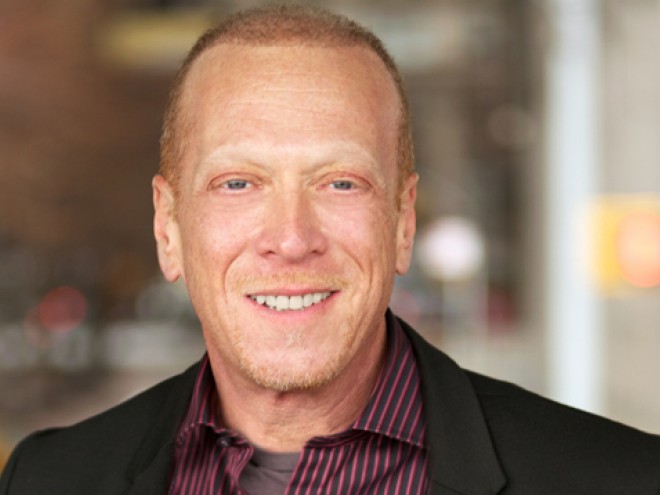This novel switches between a detective story set in present day Washington Heights, NYC and the community of Sosua in the Dominican Republic in the early 1940s. Detective Tolya Kurchenko is called in to solve the murder of Max Redmond, an elderly man found dead in his apartment by his Dominican maid. Max’s surviving son, Shalom Rothman, and his wife, Rachel, have had a difficult relationship with Max, though their autistic son Baruch spent quality time with his grandfather. Shalom and Rachel have become very religious, ba’alei teshuva, while Max turned away from observance in his younger days. Max escaped Hungary during the war by getting visas for himself and his wife to the Dominican Republic. President Trujillo opened the doors of his country to Jews fleeing Eastern Europe on condition that they settle and farm the land in the jungle, in a newly formed community called Sosua.
When Tolya finds Max’s diaries he thinks he has the key to solve the murder case. We learn about the tragedy of Jewish life in Sosua through these diaries. Though the Jews of Sosua were survivors given a second chance, they faced much hardship relocating to their new home and many of them lost most of their family left behind in Europe. We also read about Tolya’s childhood in communist Russia in the 1970s. Tolya and Max both endured difficult pasts with some similar experiences which help Tolya to understand Max and to move on in his own life. The author describes the clashing cultures of Washington Heights, Orthodox Jews and Latinos uneasily sharing their neighborhood. This book is a great read with an interesting mystery and fascinating information about the little known history of Sosua and its residents.
Miriam Bradman Abrahams, mom, grandmom, avid reader, sometime writer, born in Havana, raised in Brooklyn, residing in Long Beach on Long Island. Longtime former One Region One Book chair and JBC liaison for Nassau Hadassah, currently presenting Incident at San Miguel with author AJ Sidransky who wrote the historical fiction based on her Cuban Jewish refugee family’s experiences during the revolution. Fluent in Spanish and Hebrew, certified hatha yoga instructor.
Discussion Questions
Courtesy of Berwick Court Publishing
- Why do you think Max and Helen drifted apart in Sosúa? Was one of them more responsible for the breakdown of their marriage than the other?
- Imagine Tolya had found Helen’s diary instead of Max’s. How might her perspective change your understanding of their experience and of Sosúa in general? Did you find yourself wanting her perspective while you were reading?
- More than just fitting in with the locals, Max forges a new identity and becomes Maximo. What aspects of Max, his past and personality, contributed to this transformation that was unique among the settlers? Was he trying to find himself, or forget his past?
- It could be said that Judaism is the only constant setting of the novel. Why do the Jewish characters all struggle with their own Jewish identity? Are there aspects of Judaism that contribute to this struggle for identity, or is this common to people of all faiths? Whose relationship with faith — or lack thereof — do you relate with most?
- What is your take on Rachel’s justifications for her actions? Did her faith and/or culture play a role, or was she just crazy?
- Tolya’s fear of fatherhood is deep and abiding. Are his fears reasonable and/or natural? Shalom suggests: “Perhaps your reticence about fatherhood has more to do with your actions as a son than his as a parent.” Is Shalom right?
- What parallels did you notice between Max, Shalom and Tolya?
- Why does Tolya want to name the baby after Max? How did reading the diaries change him?
- The kindness and generosity of the Dominican people toward the Jewish settlers allowed two distinct cultures to establish connections and create a pocket of humanity. Was this relationship built in spite of the inhumanity both peoples had witnessed, or because of it?
- The history of the Sosúa settlement is unknown to most Jews and Dominicans alike. Given the extensive bodies of literature, art and research focused on the Holocaust, why do you think the story of Sosúa has received so little attention? What can we gain by learning about this history?
- As the novel portrays, the Jewish and Dominican communities in Washington Heights do not co-exist as amicably as their ancestors did in Sosúa. Many conflicts have arisen over the years, often stemming from mutual disdain and distrust. Why are these two communities, which share a history of acceptance, at odds in Manhattan? Is it due to a change in their respective cultures, or a change in their relative circumstance?





